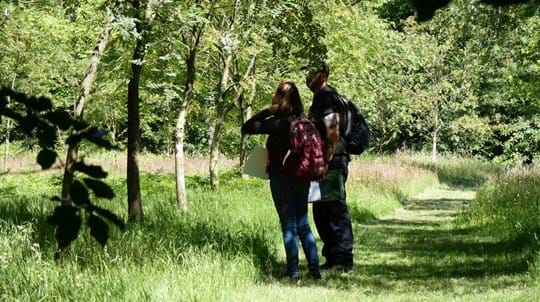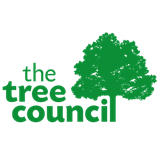
About us

Forest Research
Observatree has now been in operation for eight years, and during that time, our volunteers have submitted over 13,500 reports.
Thankfully, most of these provided important monitoring information on healthy trees. But more than 3,500 of those reports related to a suspected pest, disease, or other unhealthy-looking symptoms on trees.
To help us to continue with this work, in 2021 we were successful in securing further funding for the project and we are in the process of planning for the next five years. We have recently launched our new website; refreshing the content and placing it on a system that is more compatible with mobile technologies. This will help us to maintain the website into the foreseeable future.
For a variety of reasons, some of our volunteers leave the project. The Christmas period is usually when we run a recruitment campaign to top-up our volunteer network, but due to covid-related uncertainties at the time, we didn’t recruit 12 months ago. But at the start of December, we launched a new recruitment drive.
Thanks to the uptake of lockdown technologies, we held two Q&A style webinars where potential volunteers were introduced to the project and the requirements of the role. At each webinar, two of our existing volunteers spoke about their tasks, why they continue with Observatree, and what they have gained from the experience.
These volunteers were then able to answer questions from their perspectives. Their natural enthusiasm and passion for what they do no-doubt encouraged the attendees to apply and by the time recruitment closed on the 7th of January, we had received more than 240 applications. This is an incredible number and a testament to the continued success and reputation of the project.
Each year, we review the pests and diseases that are monitored by Observatree volunteers. During the 2021 review process, it was decided that we should add another to our list. ‘Beech leaf disease’ (BLD) will be our first to focus on beech and it is currently spreading through forest areas in Eastern USA and Canada.
BLD is described syndrome and whilst a nematode (Litylenchus crenatae mccannii) has been isolated from the symptomatic leaves and buds, further study is needed to assess the potential risk of this nematode, and to evaluate whether the disease is also associated with a wider complex of pathogens. We are in the process of finalising a new Identification Guide for BLD to add to our suite of others. Watch this space for further updates.

We are working with colleagues from The Tree Council to further raise awareness of tree health and support related surveys and activities. We will share our pest and disease resources and consider mechanisms for linking Tree Wardens with Observatree volunteers at a local level. We are excited by this collaboration and the opportunities that it offers.
2021 again saw the discovery of a previously unreported threat to our trees. Phytophthora pluvialis was identified in the southwest of England but has now been identified in other parts of Britain. This unexpected fungal-like species had previously been reported in the western parts of North America and New Zealand and was unknown in Europe.
Official surveillance work is ongoing in many parts of the UK and Observatree is liaising with survey coordinators to ascertain what we can do to help. But whilst many tree health colleagues are focused on understanding P. pluvialis, Observatree volunteers are needed elsewhere to continue to look for and report other pests or diseases and maintain wider surveillance activities. As P. pluvialis has shown us, tree pests or diseases can pop up unexpectedly and continued vigilance is essential to help us with their management.
The continuation of Observatree, our increased collaborations and the dedication of our volunteers and project staff will help us to support the hard work of our tree health colleagues during the year ahead.